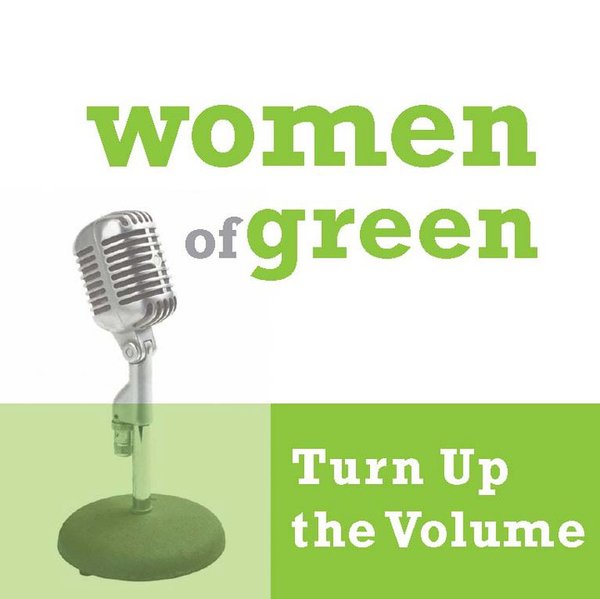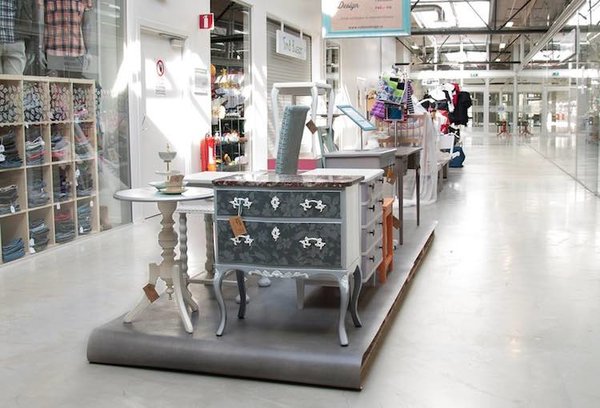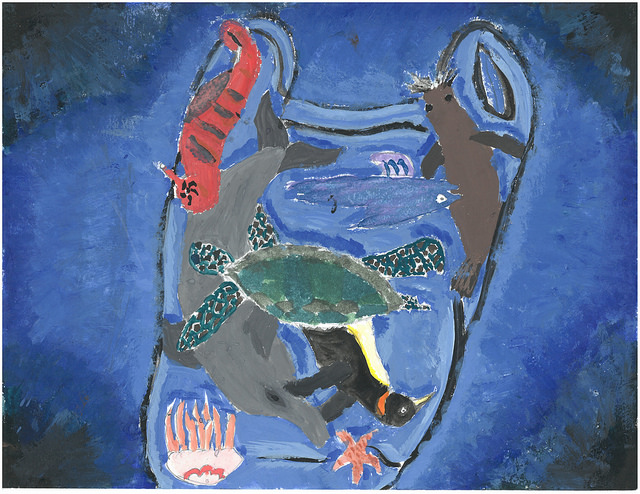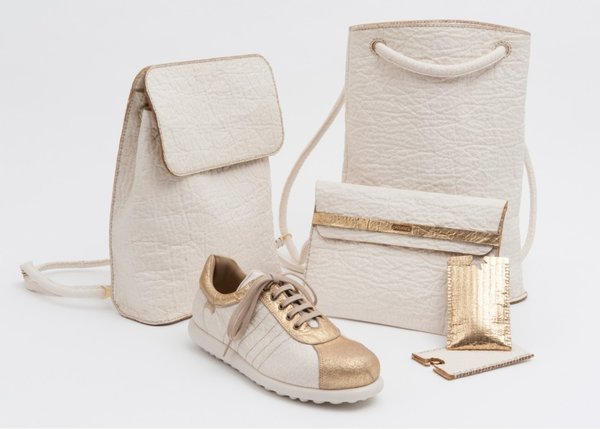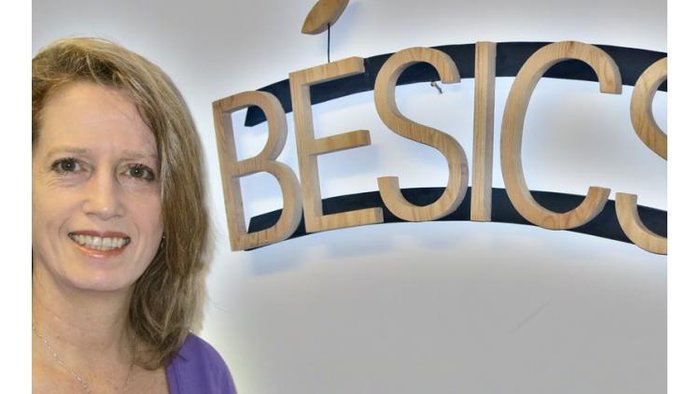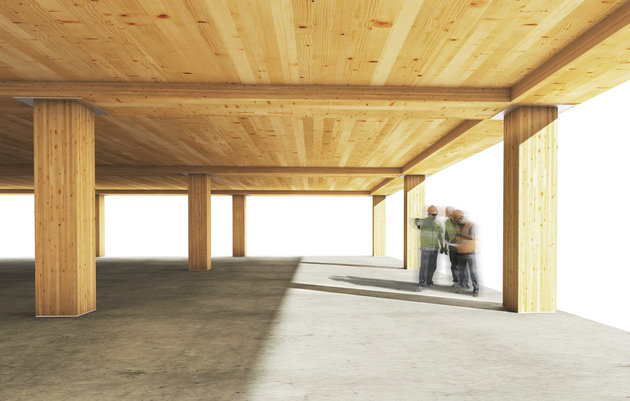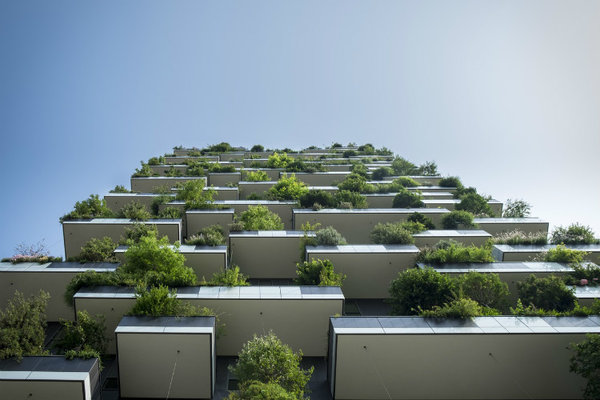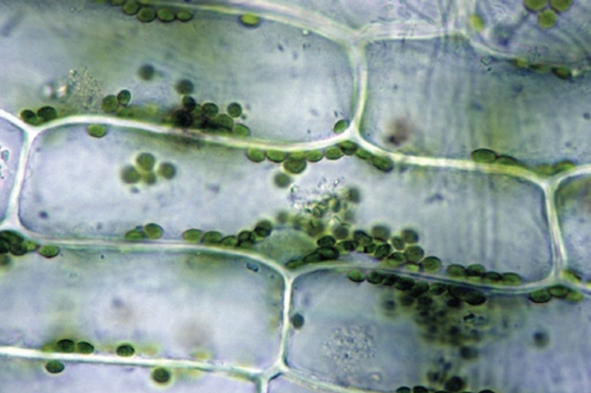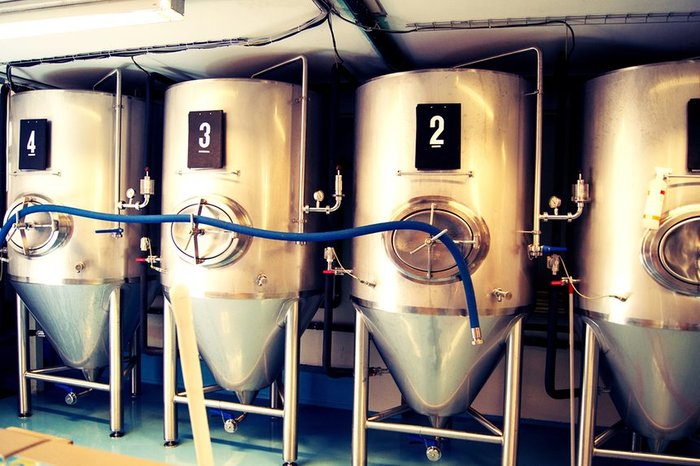If you’ve tried random tips to minimize your energy use at home and are wondering why it hasn’t affected your electricity bill, not even one bit, your efforts may not be enough. Although there are a lot of cost-saving tips to follow that effectively conserve energy, you might be missing ONE thing. Here is an infographic about how to save money and conserve energy at home.
Continue reading... →A new generation of recycling has now gone from local drop-off centers to a shopping mall that sells only repaired or upcycled products. The new recycling establishment, ReTuna Återbruksgalleria, has nothing to do with the fish; instead, it was named after the Swedish town in which the building is located, Eskilstuna, Sweden. The facilities contain both a recycling center and a shopping mall. Customers can donate the items that they no longer need, then shop for something new – all in one stop. Dropped off goods are sorted into various workshops where they are refurbished or repaired accordingly. Products are then sorted into 14 specialty shops that include furniture, computers, audio equipment, clothes, toys, bikes, and gardening and building materials; all garnered from second-hand products.
Continue reading... →Plastic bags are a global problem. Annually, some one trillion of them are used around the world, and fewer than 5 percent are actually recycled. This means a massive buildup of waste, litter, and chemical toxins in the environment. Material engineering professor Nicola Everitt, from The University of Nottingham in the U.K., thinks she might have the solution: Shrimp shells. For the past year, Everitt has been working to turn crushed up crustacean shells into biodegradable plastic bags so that they can be used in Egypt, a country with a severely inadequate waste disposal system. Right now, she and the team in Egypt are working to optimize the Chitosan extraction process, which takes about three days to complete. If the team is successful in Egypt, Everitt plans to explore production in other countries where there is a similar abundance of shrimp shell waste, like Thailand.
Continue reading... →New materials company Ananas Anam is using pineapple waste to create a new material that provides an animal-friendly alternative to leather. The material uses fine cellulose fibers extracted from pineapple leaves – which are considered an agricultural by-product that is often burned or left to rot. An estimated 40,000 tonnes of this pineapple waste is generated globally each year. Piñatex utilizes waste taken from pineapple plantations in the Philippines, with local factories separating the strands and felting them together into a non-woven fabric that can be used for clothes, footwear or furniture.
Continue reading... →What if you could turn your dishes into dirt? Well, thanks to Susanna Carson, you can. She tell us all about her game-changing work at the upcoming Women As Game Changers: Creating a New Game Conference: Creating a New Game on October 13-14 in Santa Fe, NM. Maybe that’s why this video is so green! Susanna Carson is an entrepreneur building her personal and corporate legacy through the business of sustainable / compostable packaging. She is the founder and CEO of BSI Biodegradable Solutions, a compostable packaging distribution company, and more recently BESICS Packaging Corporation, a compostable retail products company.
Continue reading... →For years, architects have flirted with the idea of tall buildings made from mass timber, an engineered wood product that some argue is more sustainable than resource-intensive, nonrenewable steel. Now architecture firm, SOM, is working with Oregon State University to develop and test new mass-timber structural systems, hoping that the research will help mainstream what’s currently an alternative and novel construction methodology. Early findings from the this research, show that reinforced wood framing can be just as robust as conventional building techniques, which is the latest step toward making mass timber more commonplace in the U.S.
Continue reading... →Construction on new buildings never stops, and with it grows a demand of sustainability options. Green construction depends on using the best materials that meet both strength and usefulness as much as it does environmental standards. There is an expected growth of green construction in demand of 11 percent in the next year, so it’s best to understand how and what’s making this happen.
Continue reading... →A group of scientists joined forces to craft a kind of living battery, which they call a bionic leaf for its melding of biology and technology. The device uses solar electricity from a photovoltaic panel to power the chemistry that splits water into oxygen and hydrogen. This bionic leaf converts CO2 in the air into alcohol that can be burned as fuel.
Continue reading... →A group of Dutch entrepreneurs has used their country’s wet weather as a business opportunity by creating a rainwater bitter. At the De Prael brewery in Amsterdam early on Friday evening, bitter lovers turned up for a free tasting of Hemelswater: code blond, a 5.7% beer made from ultra-filtered rain, organic malted barley and wheat, hops and yeast. With climate change linked to increased rainfall in the Netherlands – just as in the UK – they might as well use it as a business opportunity.
Continue reading... →
